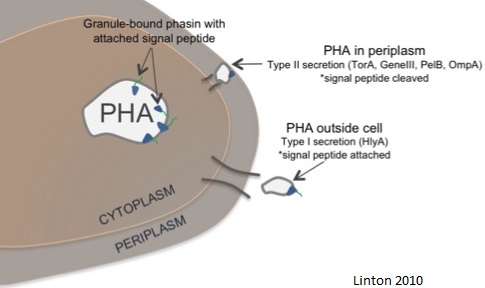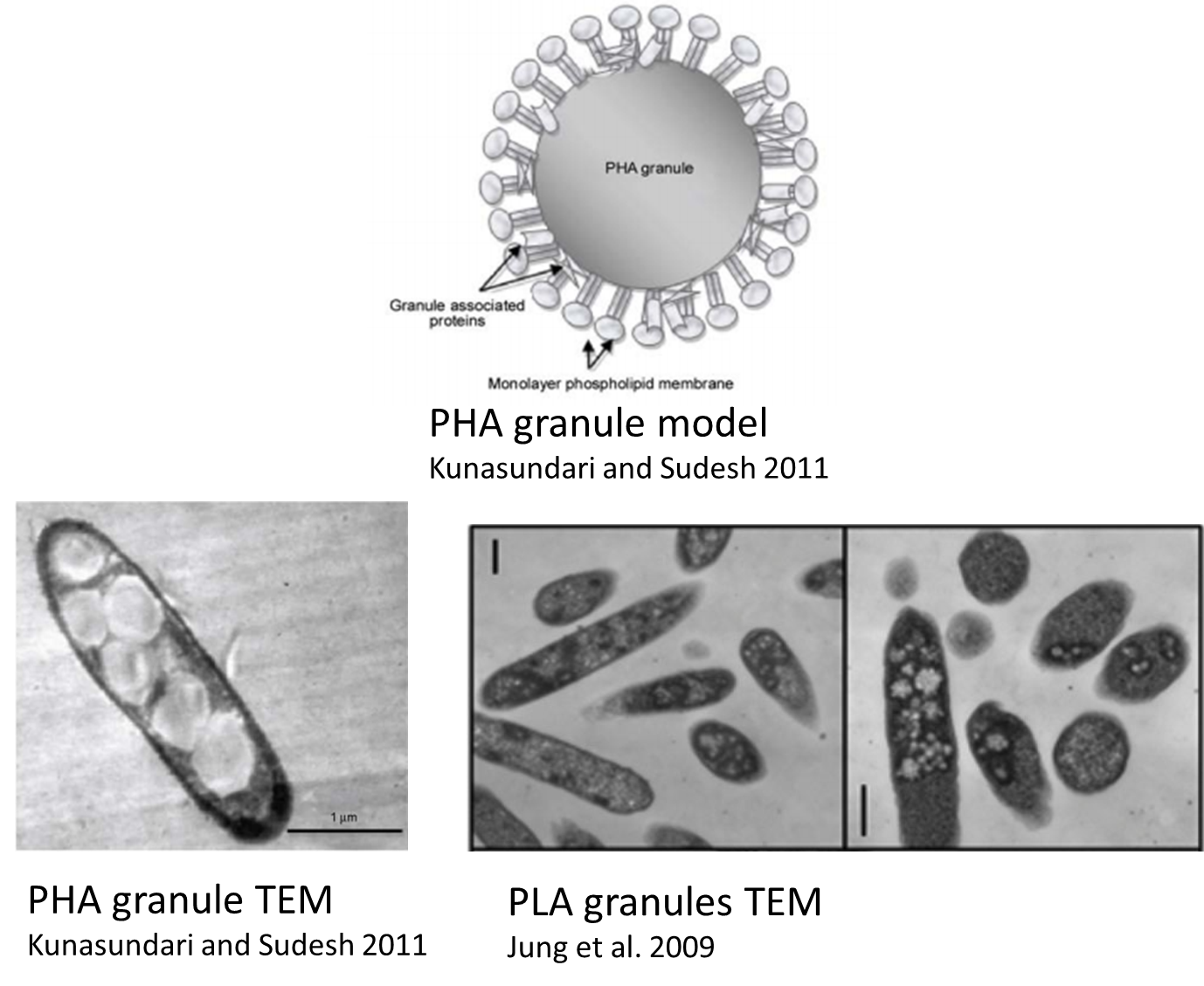Team:Yale/Project Export
From 2013.igem.org
(Difference between revisions)
(→Introduce type 1 secretion system to export and extract PLA) |
(→Aims for the Project) |
||
| Line 26: | Line 26: | ||
**We found the paper by Linton 2010 where she focused on exporting PHA from engineered ''E. coli'' | **We found the paper by Linton 2010 where she focused on exporting PHA from engineered ''E. coli'' | ||
<br> | <br> | ||
| - | *She used Phasin, a PHA granule associated protein that plays a role in granule formation, with a hlyA tag. This allowed the cells to export the PLA since the hlyA tag was attached to the granule | + | *She used Phasin, a PHA granule associated protein that plays a role in granule formation, with a hlyA tag. |
| + | **This allowed the cells to export the PLA since the hlyA tag was attached to the granule | ||
<center>[[File:PHA_export_system.jpg|400px]]</center> | <center>[[File:PHA_export_system.jpg|400px]]</center> | ||
<br><br> | <br><br> | ||
Revision as of 20:43, 31 August 2013
| Project Overview | Validate PLA synthesis | Develop bioassay | Apply MAGE | Introduce export system | Make a bioplastic |
|---|
Aims for the Project
- Engineer strains of E. coli to validate PLA synthesis
- Develop bioassay to screen PLA production
- Apply MAGE to optimize PLA production, guided by FBA
- Introduce type 1 secretion system to export and extract PLA
- Make a bioplastic
Introduce type 1 secretion system to export and extract PLA
- We needed a way to export the PLA once it was synthesized by the E. coli
- We found the paper by Linton 2010 where she focused on exporting PHA from engineered E. coli
- She used Phasin, a PHA granule associated protein that plays a role in granule formation, with a hlyA tag.
- This allowed the cells to export the PLA since the hlyA tag was attached to the granule

- Due to the similarity between PHA granules and PLA granules we hypothesized that this same export system would allow us to export PLA from our cells.

 "
"
